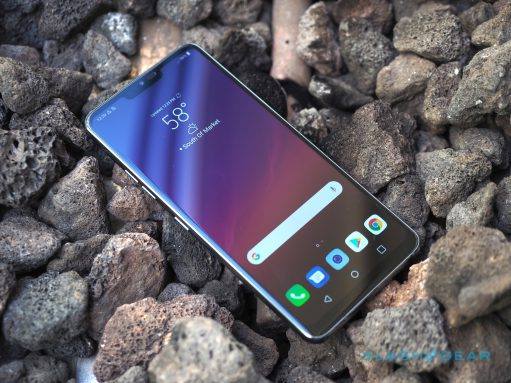As we proceed with the Galaxy S5 tutorial series, we come to the backup restore section. So today I will walk you through the step by step process on how to restore a Galaxy S5 backup.
If you followed along with the tutorial yesterday then you have created your first Nandroid backup on your Galaxy S5. This is very similar to a Restore Point that you would create on a Windows PC. Meaning, you can restore from this backup and it would be exactly as it was when you created that backup. The applications and the application data is restored, all of the settings, options, changes, everything would be exactly how it was when you created the restore.
This can sometimes be a bad thing if you forget that you installed an application or a game after you created the backup and then restored. This is why it’s so useful to get in the habit of creating a backup.
This backup for the Galaxy S5 that you just made will also pull you out of a bind if you did some type of modification or tweak that resulted in something bad happening to your device. Say you flashed a custom kernel but then found out it was for a different type of Android(TouchWiz vs AOSP). This would cause your Galaxy S5 to go into a bootloop and if you didn’t have a backup, then you would most likely have to perform a factory reset on your Galaxy S5. However, now that you have a Nandroid backup created, you simply boot up into the Recovery Mode and restore from your backup.
So let’s look at the process you need to do in order to restore from the Galaxy S5 Nandroid backup. It is assumed that you have already created your Galaxy S5 backup beforehand. If you have not, then you should follow that tutorial and do this right now.
Galaxy S5 Restore Backup
- Boot the Galaxy S5 into Recovery Mode
- Tap on the ‘Wipe’ Option
- Tap on the ‘Advanced Wipe’ Option
- Make Sure the Following Partitions are Checked. . .
- Dalvik Cache, System, Data, Cache
- Leave the Internal and External SD Options Unchecked
- When Ready, Swipe the Arrow at the Bottom to the Right
- Wait Until the Process is Finished
- Then Tap the Home Button at the Bottom
- At the TWRP Main Menu, Tap on the ‘Restore’ Option
- Tap on the Nandroid Backup that You Want to Restore From
- Make Sure All Available Partitions Are Checked
- Then Swipe the Arrow at the Bottom to the Right
- Wait Until the Process Finishes
- Press on the ‘Wipe Cache’ Button
- Then Press the ‘Reboot’ Button
Explanation
In order to restore your Galaxy S5 from a backup that you have previously created, you’ll first need to boot up into the Recovery Mode of your device. This recovery mode should be a custom recovery like TWRP or CWM(CWM instructions will be a little different since the menus are different). This tutorial is for the TWRP custom recovery since that is what we installed in the previous Galaxy S5 tutorial. Once you are in TWRP, we need to go ahead and wipe any partitions that contains data we need to restore. So tap on the Wipe button and then tap on Advanced Wipe.
We need to tell TWRP to wipe specific partitions in order for this to work properly. Go ahead and make sure the Dalvik Cache, System, Data, Cache partitions are checked and when you are ready, swipe the arrow that you see at the bottom from the left to the right. This process can take a minute or two so wait until it is done and it asks you what you want to do next. Once those specific partitions are erased, we want to go back to the main menu so you can tap on the Home button just like you would in Android. Now, you’ll want to tap on the Restore option and when you do, you will be taken to a list of all the previous backups you have made.
Tap on the one you want to restore from and make sure all of the partitions are checked. When ready, you can swipe the arrow at the bottom of the screen again, from left to right, and then wait for the restore process to complete. This can take a few minutes and it all depends on how big your original backups are. Let the process complete and when it does, you are given the option to wipe the cache. This part probably isn’t necessary but as they say, old habits die hard and it certainly doesn’t hurt anything. Once you wipe the cache partition you can tap on the Reboot button and it will take you right back to the Android OS.
If you have any questions or run into any issues during this tutorial, go ahead and leave a comment at the bottom fo this article. I might not be able to answer everything, but I will certainly help you try to figure it out.




